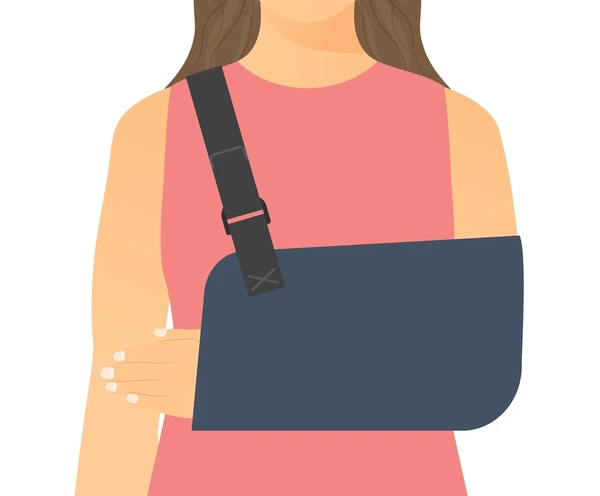It has been estimated that 40% of the US population suffers from vitamin D deficiency. Also known as the “sunshine” vitamin, vitamin D is essential for musculoskeletal health. It helps the body absorb calcium from the food you eat. Calcium keeps your bones and muscles strong.Vitamin D deficiency can cause bone disorders such as osteoporosis in the elderly, rickets in children, increases the risk of low-energy fractures, and slows down healing of bone and joint injuries. The condition is sometimes misdiagnosed as fibromyalgia because it causes muscle weakness as well as muscle aches and pains.Good food sources of vitamin D include fatty fish, cheese, egg yolk, and fortified milk and orange juice. But it is almost impossible to get all the vitamin D your body needs from your diet alone. The sun is your most important source of vitamin D. Exposure to ultraviolet rays from the sun causes the skin to produce Vitamin D.The amount of time you need to spend directly under the sun will vary depending on your skin type, age, time of day, and the amount of skin exposed. Fair-skinned people require approximately 15-30 minutes. A dark-skinned person may need a couple of hours. The further away from the equator you are, the more time you need in the midday sun.People who are at an increased risk for vitamin D deficiency include women, old people, and those with dark skin. Some conditions associated with low levels of vitamin D include being obese or overweight, parathyroid problems, kidney or liver failure, and dietary malabsorption.If you suspect that your bone or joint pain may be related to vitamin D deficiency, speak to your doctor about possible vitamin D level testing.Dr. Patrick Denard has been voted one of the top 20 Shoulder Surgeons in North America and is the most widely published shoulder specialist in Oregon. Dr. Denard is committed to providing the highest level of Orthopedic care to his patients. Dr. Denard has advanced arthroscopy training and is able to perform the vast majority of shoulder procedures in a minimally invasive fashion, including all types of rotator cuff repairs and instability repair. These techniques allow him to repair tears that some consider “irreparable.” Providing every patient with advanced medicine and compassionate care each and every time.
Similar posts



